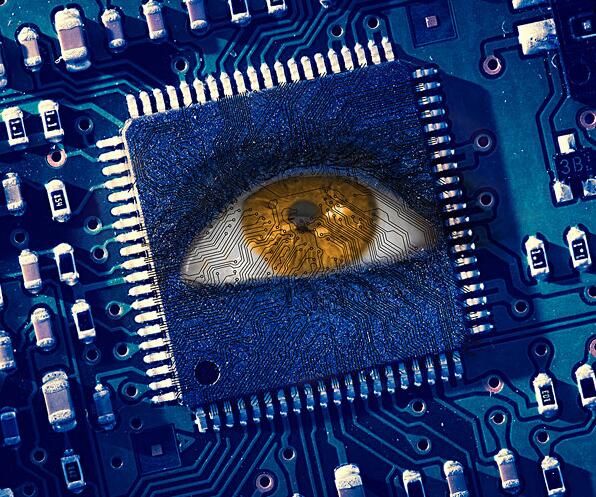Printed circuit board (PCB) wiring plays a key role in high-speed circuits, but it is often one of the last few steps of the circuit design process. There are many problems with high-speed PCB wiring, and a lot of literature has been written on this topic. This article mainly discusses the wiring of high-speed circuits from a practical perspective. The main purpose is to help new users pay attention to the many different issues that need to be considered when designing high-speed circuit PCB layouts. Another purpose is to provide a review material for customers who have not touched PCB wiring for a while. Due to the limited layout, this article cannot discuss all the issues in detail, but discusses the key parts that are effective for improving circuit performance, shortening design time, and saving modification time.
Although this is mainly for circuits related to high-speed operational amplifiers, the problems and methods discussed here are generally applicable to wiring used in most other high-speed analog circuits. When the operational amplifier works in a very high radio frequency (RF) frequency band, the performance of the circuit largely depends on the PCB layout. The high-performance circuit design that looks good on the "drawing" can only get normal performance if it is affected by carelessness and carelessness in wiring. Pre-consideration and attention to important details during the entire wiring process will help ensure the expected circuit performance.

Schematic
Although a good schematic diagram cannot guarantee a good wiring, a good wiring starts with a good schematic. Think carefully when drawing the schematic, and you must consider the signal flow of the entire circuit. If there is a normal and stable signal flow from left to right in the schematic, then there should be an equally good signal flow on the PCB. Give as much useful information as possible on the schematic. Because sometimes the circuit design engineer is not there, the customer will ask us to help solve the circuit problem, and the designers, technicians and engineers engaged in this work will be very grateful.
In addition to the common reference identifier, power consumption and error tolerance, what other information should be given in the schematic? Here are some suggestions for turning ordinary schematics into first-class schematics. Add waveforms, mechanical information about the casing, length of printed lines, blank areas; indicate which components need to be placed on the PCB; give adjustment information, component value ranges, heat dissipation information, control impedance printed lines, comments, and brief circuits Action description... (and others).
If you are not designing the wiring yourself, you must allow ample time to carefully check the wiring person’s design. At this point, a small prevention is worth a hundred times the remedy. Don't expect the wiring person to understand what you think. Your opinion and guidance are important in the early stages of the wiring design process. The more information you can provide, and the more you intervene in the entire wiring process, the better the resulting PCB will be. Set a tentative completion point for the wiring design engineer-a quick check according to the wiring progress you want. This "closed loop" method can prevent the wiring from going astray, thereby reducing the possibility of rework.
The instructions that need to be given to the wiring engineer include: a short description of the circuit function, a schematic diagram of the PCB indicating the input and output locations, PCB stacking information (for example, how thick the board is, how many layers there are, detailed information of each signal layer and ground plane-function Power consumption, ground wire, analog signal, digital signal and RF signal); which signals are required for each layer; the placement of important components is required; the exact location of bypass components; which printed lines are important; which lines need to control impedance printed lines ; Which lines need to match the length; the size of the components; which printed lines need to be far away from each other (or close to); which lines need to be far away from each other (or close to); which components need to be far away from each other (or close to); which components need to be placed On the top of the PCB, which ones are placed on the bottom.